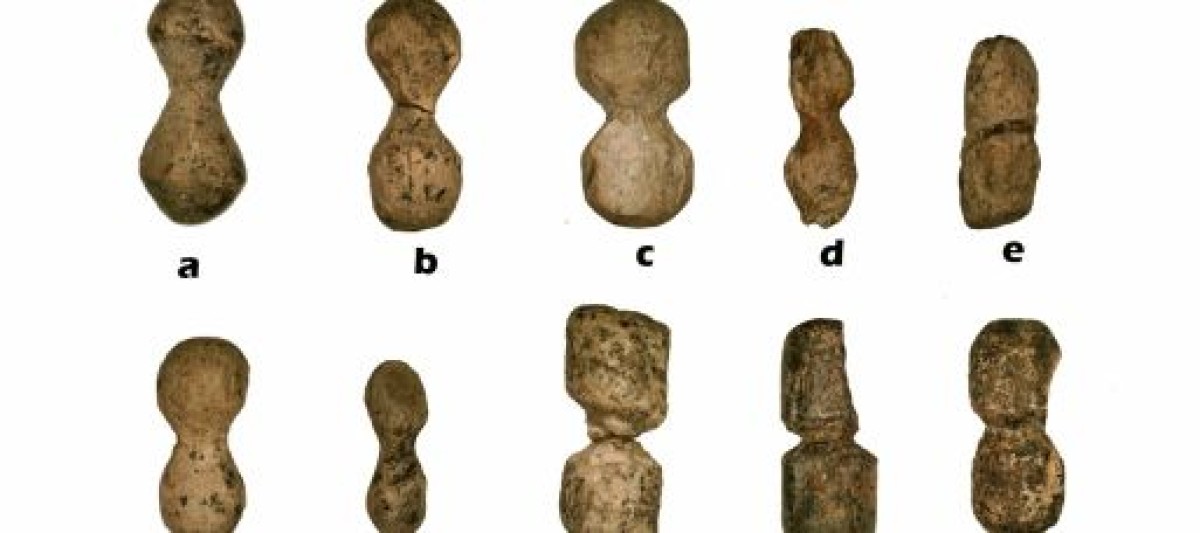People of all ages who would like to take a look behind the scenes of research work, are keen to learn about what archaeologists
spend their days doing and are prepared to provide accurate and reliable data.

The excavation uncovered traces of two tents and two fireplaces. Further finds at this site include flint tools, splinters
of bone, traces of paint, jewellery made from shells and snail shells, and items crafted from ivory.
Approximately 70,000 to 80,000 individual items have been discovered, including 1100 stone tools, 4000-5000 flint blades and
lamellas, 260 mammoth ivory beads and pendants, and 170 fragments of jewellery made from shells and snail shells.
When analysing finds, it is of great help if different things are sorted, counted, documented and archived.
This is how Citizen Scientists can help us record the material we find more quickly and in greater detail!
Using this data it is then possible to reconstruct in even greater detail what life would have been like for Palaeolithic
people...

